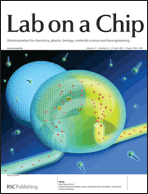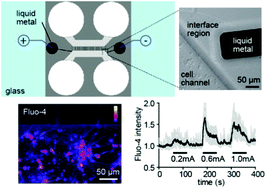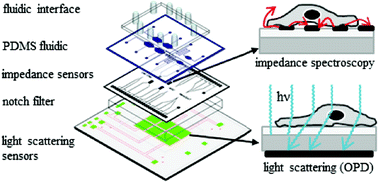For the third post in the Introducing series, here we’re very happy to introduce you to Editorial Board member Holger Becker and his research vision, including the development of lab on a chip technology to marketable products:
Dr Holger Becker is co-founder and CSO of microfluidic ChipShop GmbH. He obtained physics degrees from the University of Western Australia/Perth and the University of Heidelberg in 1990 and 1991 respectively. He started to work on miniaturized systems for chemical analysis during his PhD thesis at the Institute for Applied Physics at Heidelberg University, where he obtained his PhD on miniaturized chemical surface acoustic wave (SAW) sensors in 1995. Between 1995 and 1997 he was a Research Associate at the Department of Chemistry at Imperial College in London with Prof. Andreas Manz. In 1998 he joined Jenoptik Mikrotechnik GmbH where he was responsible for the realisation of a polymer-based microfabrication production line. Since then, he founded and led several companies in the field of microsystem technologies in medicine and the life sciences, for which he was nominated for the German Founder’s Prize in 2004. He lead the Industry Group of the German Physical Society between 2004 and 2009, and is the current chair of the SPIE ‘‘Microfluidics, BioMEMS and Medical Microsystems’’ conference as well as co-chair for MicroTAS 2013. Besides serving on the Editorial Board of “Lab-on-a-Chip”, he is a member of the General Advisory Board of MANCEF (Micro and Nanotechnology Commercialization Education Foundation), the expert panel on “Security Research” of the Federal Ministry of Economics and Technology as well as several other advisory boards and is acting as a regular reviewer of project proposals on a national and international level.



















 Tony Huang
Tony Huang


 The back cover features the laboratory of Sergey Shevkoplyas at
The back cover features the laboratory of Sergey Shevkoplyas at 
